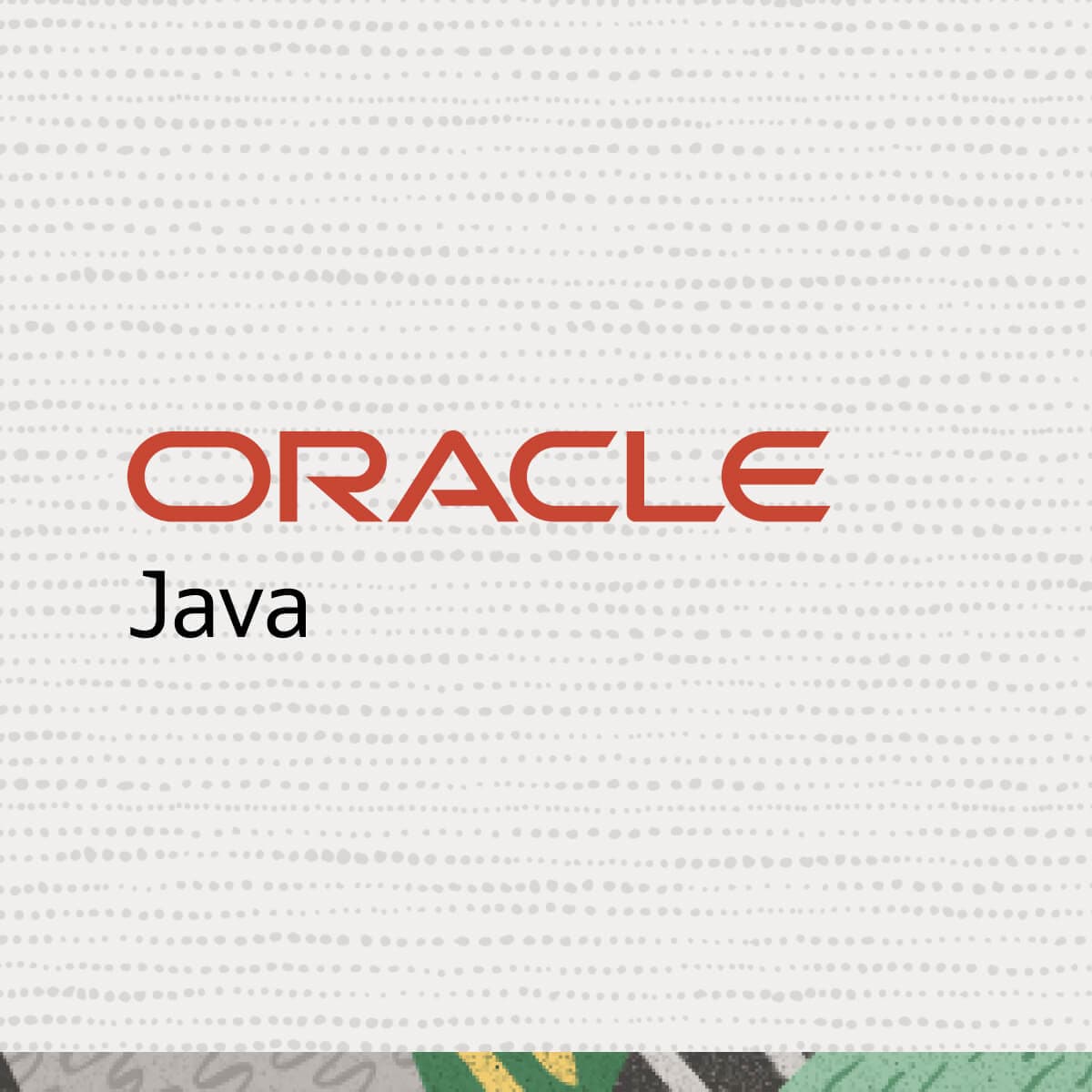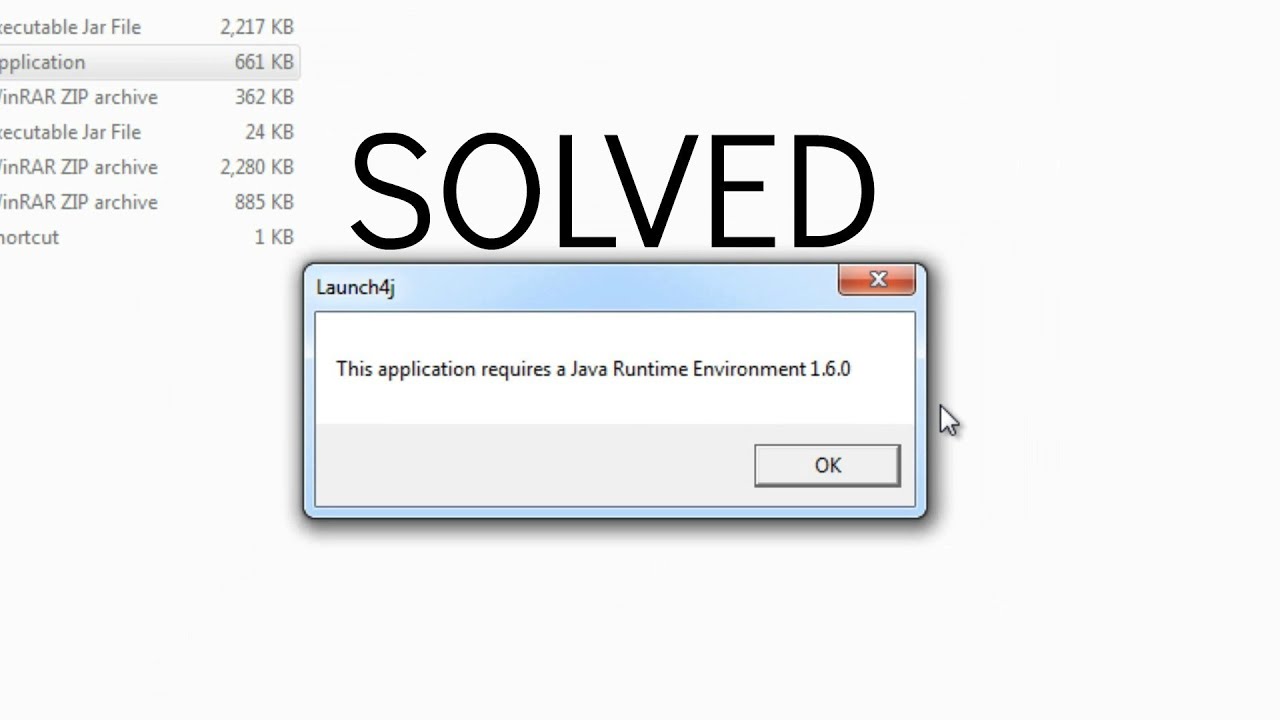


For each execution of your program, the JDK and JRE come into use, and they go within the JVM to run the Java source code.JRE (Java Runtime Environment) is a package that includes Java Virtual Machine, libraries, and all other components required in order to run a compiled Java program, although it doesn’t allow you to build new Java programs. JVM (Java Virtual Machine) is the runtime environment/virtual machine for executing Java bytecode. What is the difference between JRE (Java Runtime Environment), Java SE (Java Standard Edition), JVM (Java Virtual Machine), and JDK (Java Development Kit)? From laptops to datacenters, game consoles to scientific supercomputers, cell phones to the Internet, Java is everywhere! There are lots of applications and websites that will not work unless you have Java installed, and more are created every day. Whether deployed on cell phones, embedded devices, game consoles, laptops, or in datacenters, Java offers the rich user interface, performance, versatility, portability, and security that today’s networked applications require.Java is a programming language and computing platform first released by Sun Microsystems in 1995. As one of the most popular application environments in the world, Java is used by companies in all major industries.

It includes a Java Virtual Machine implementation together with an implementation of the Java Class Library. Java Runtime Environment (JRE) is a software package by Oracle that contains what is required to display and run applications and web content written in the Java programming language (play online games, chat with people,, and view images in 3D.).


 0 kommentar(er)
0 kommentar(er)
